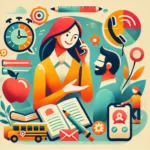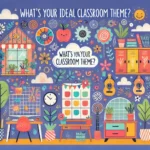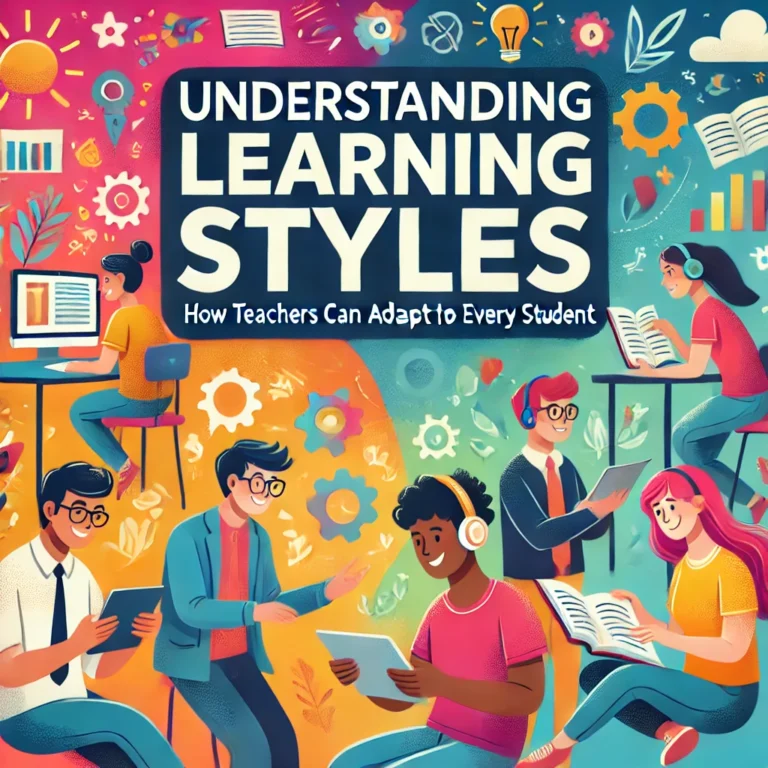Every student is unique, and so is the way they learn. Recognizing and adapting to different learning styles is crucial for teachers who want to reach every student in their classroom. By understanding these styles, teachers can tailor their instruction to ensure that all students have the best chance to succeed. Here’s how teachers can adapt to various learning styles:
-
Visual Learners: These students learn best through images, diagrams, and visual aids. Teachers can support visual learners by incorporating charts, graphs, and infographics into lessons. Using color-coded notes or mind maps can also help these students organize and retain information more effectively.
-
Auditory Learners: Students who are auditory learners benefit from listening. Lectures, discussions, and audio recordings are effective ways to engage them. Teachers can enhance learning by encouraging group discussions, using storytelling techniques, or incorporating music and rhymes into lessons.
-
Kinesthetic Learners: Kinesthetic learners prefer hands-on experiences. They thrive when they can move around and physically engage with the material. Teachers can cater to these students by including activities like experiments, role-playing, or using physical objects in lessons. Allowing these students to take frequent breaks or engage in movement-based activities can also help them stay focused.
-
Reading/Writing Learners: These learners excel through reading and writing activities. Teachers can support them by providing extensive reading materials, encouraging note-taking, and assigning written reports or essays. Providing opportunities for these students to express their understanding through writing is key.
-
Multimodal Learners: Some students do not fit neatly into one category; they are multimodal learners, meaning they learn best through a combination of styles. Teachers can accommodate these students by using a blend of teaching methods. For instance, a lesson might start with a visual presentation, followed by a discussion, and then a hands-on activity. This approach ensures that all learning styles are addressed.
-
Using Technology to Support Learning Styles: Digital tools can be particularly effective in adapting to different learning styles. Educational software often allows for personalized learning experiences, where students can choose the format that best suits them. For example, a lesson might be available as a video, an audio recording, or an interactive simulation, allowing students to engage with the content in the way that works best for them.
By understanding and adapting to various learning styles, teachers can create a more inclusive and effective learning environment. Recognizing that each student is unique and may require different approaches is key to helping all students achieve their full potential. When teachers take the time to identify and cater to these differences, they not only enhance learning but also empower students to take ownership of their educational journey.


